I reached out to the Norwegian consulate, and they were interested in helping. The day I went to meet with them, the Norwegian actress Anna Guttormsgaard, who now goes by Anna Gutto, was there. I was introduced to her, and they said, “Sarah is working on bringing Fosse to New York.” She had been thinking about doing this as well. So we teamed up and created Oslo Elsewhere as a theatre company to co-produce with Spring Theatreworks and worked to secure Norwegian funding to make it happen.
I thought, I’ll direct the play. I assumed I would change some Britishisms into Americanisms, really not knowing much about translation at all, but also understanding there were things that didn’t resonate. And then Jon sent me a couple other attempts at American translations of this text. I read the first couple pages of these other translations, and then I looked back at the Nynorsk version, and then I looked at the first couple pages of the British. One was too literal/foreign sounding, and the other felt like it was trying too hard to be American. None of them were actually nailing it in terms of what the Nynorsk is doing. They were close, but certain things were not working.
That’s when I wondered, “How am I going to really make this work?” Jon encouraged me to do my own translation, and my dad, who is Norwegian, said, “You can do it, Sarah.”
My friend Marie Louise Miller stepped into the role of dramaturg, and she really encouraged me. We spent hours and hours, days and days, going through that first translation, honing it, listening to the tones and trying it out with actors to get it where it needed to be. I was so committed to translating this unique voice as effectively as possible for a New York audience.
Fosse writing in Nynorsk informs the poetry. When I read it, I understand the physicality of the place that he’s writing from because it’s in Nynorsk.
Amelia: Translation is such a collaborative process, especially for theatre, and it’s wonderful that you have been in conversation with Fosse from the beginning. I imagine that shaped your path with this work.
Sarah: I am a director, first and foremost, and my concern was always, “How does this come to life on stage?” The thing that was amazing for me as a young artist was that Jon really trusted me. If I would ask him a question about something, he would say, “You know the answer.”
That meant I had to decide. It was such a different experience than working with my colleagues who are American writers, who I love dearly, but who were finding their own voices, so they were protective of everything. His trust in me encouraged me to get closer to what the work was really trying to do and say. Fosse talks about writing as if he’s channeling the words, so he doesn’t even totally have control over it, it’s just coming to him.
It made me want to do the best possible job, to work so hard to get it right but also trust what I felt was right, was what was right for this moment, this place, this time. Someone else would do it differently, but his works are so open that the best thing I can do as an artist is to trust completely in what my vision is and give over to that.
The work speaks to so many people in different places. There are no pop culture references, so it can translate into any culture at any time. There’s no technology; there’s never talk about the local spots. In his plays, there are very, very few specific references to locale. That means that it can really go anywhere and feel connected to place.
Because of his sparse language and repetition, there’s the open quality to the work, there’s space between the words. There’s space between people. Words are not always sufficient, and we are always trying to get closer to somebody through our words, but it’s never really working exactly the way we think it is. It’s this delicate poetry that has a real driving force beneath the words.
Formally, it’s just so different. The characters are The Young Woman and The Young Man, and The Older Woman and The Older Man, etc. Often, it’s the same person in different generations, so he’s playing with time and temporality. The content is interesting, but I think it’s the form that’s mind-blowing, and what makes him so masterful.

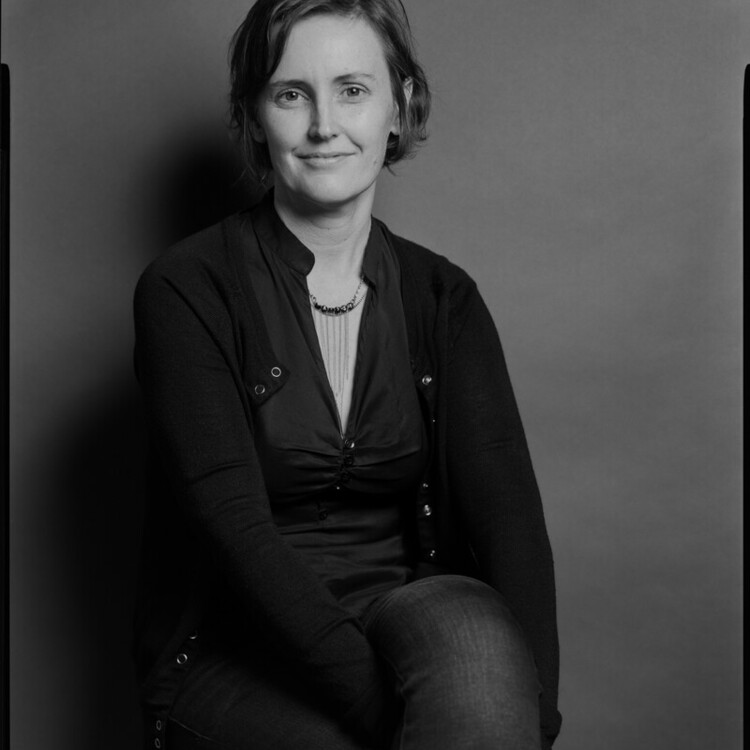
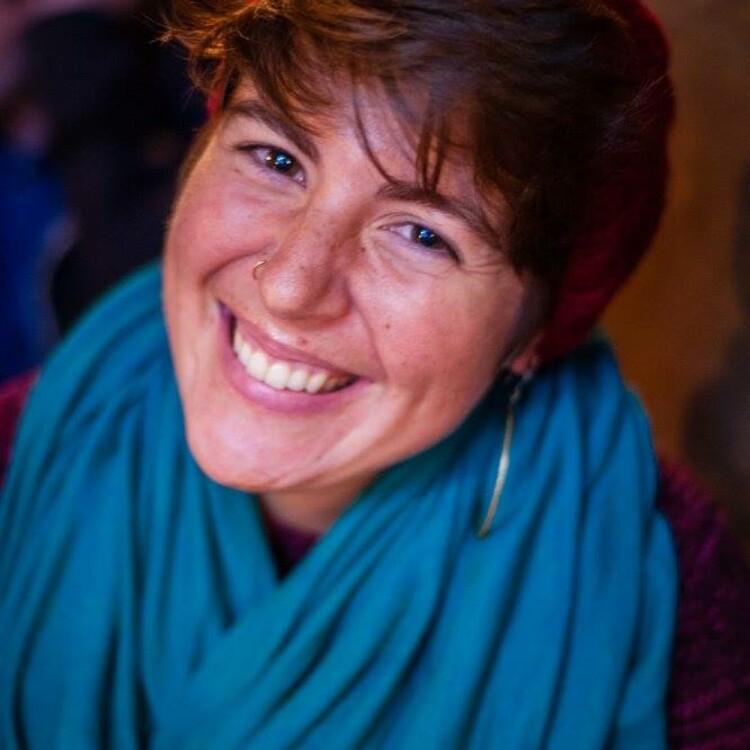
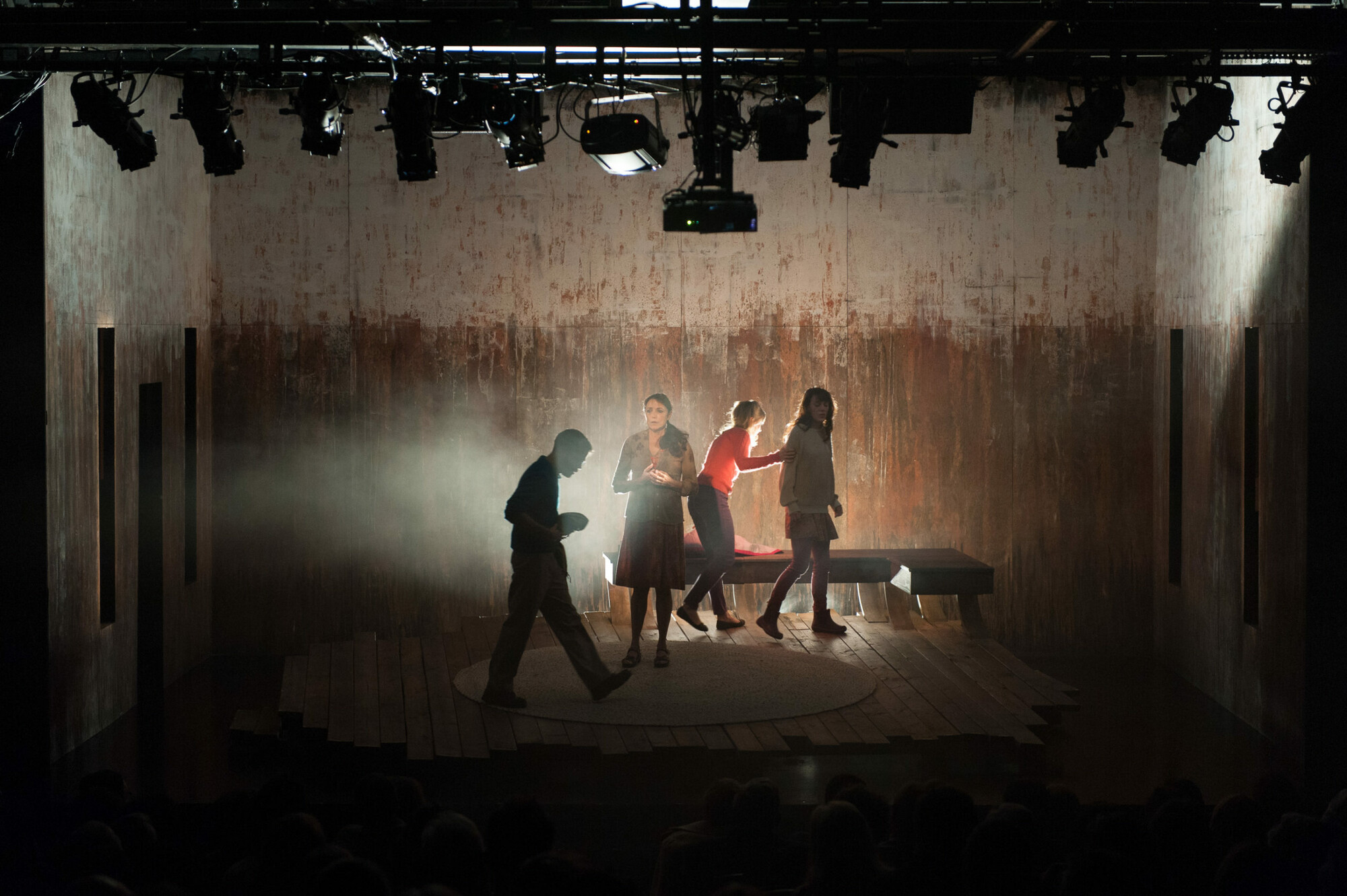
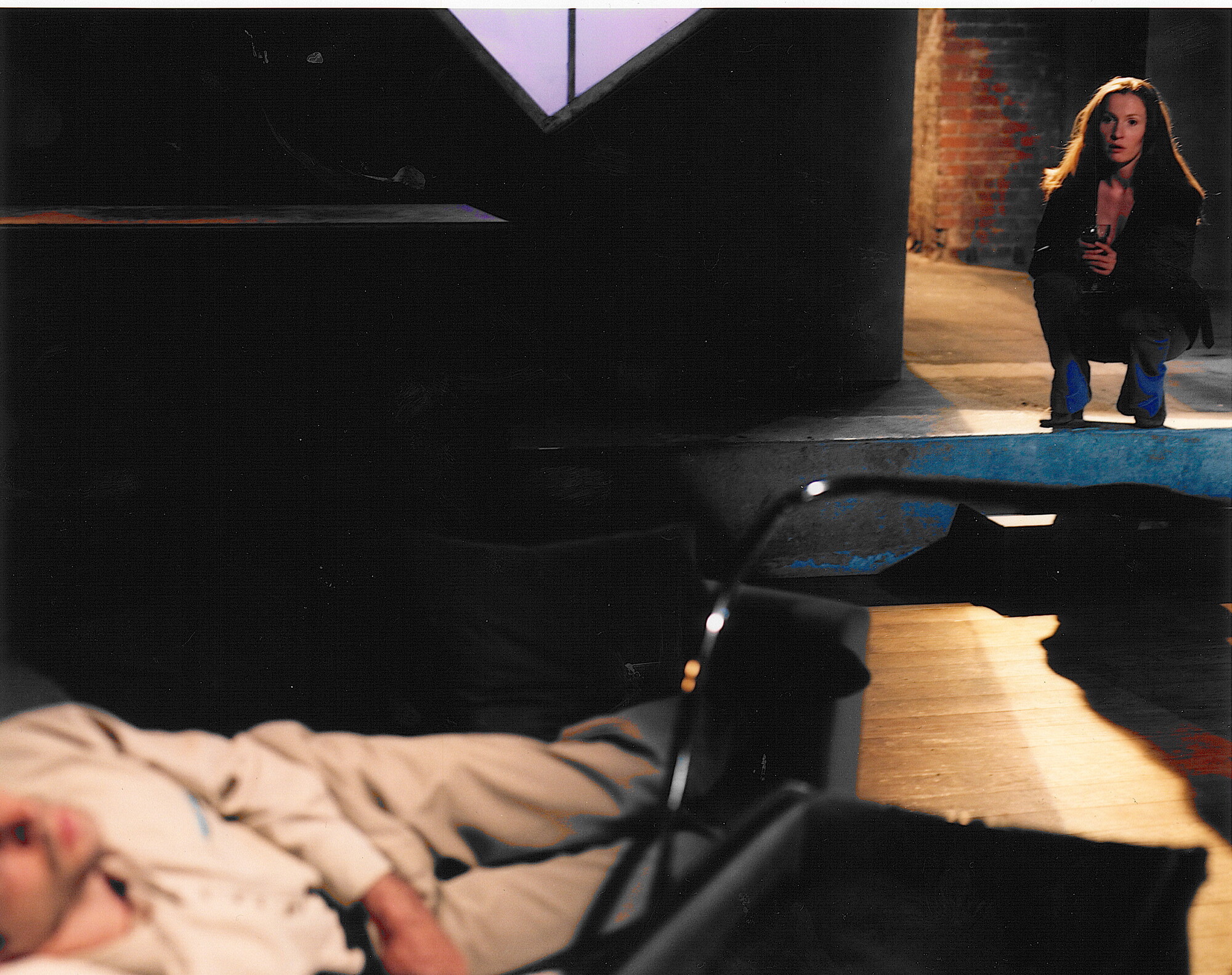
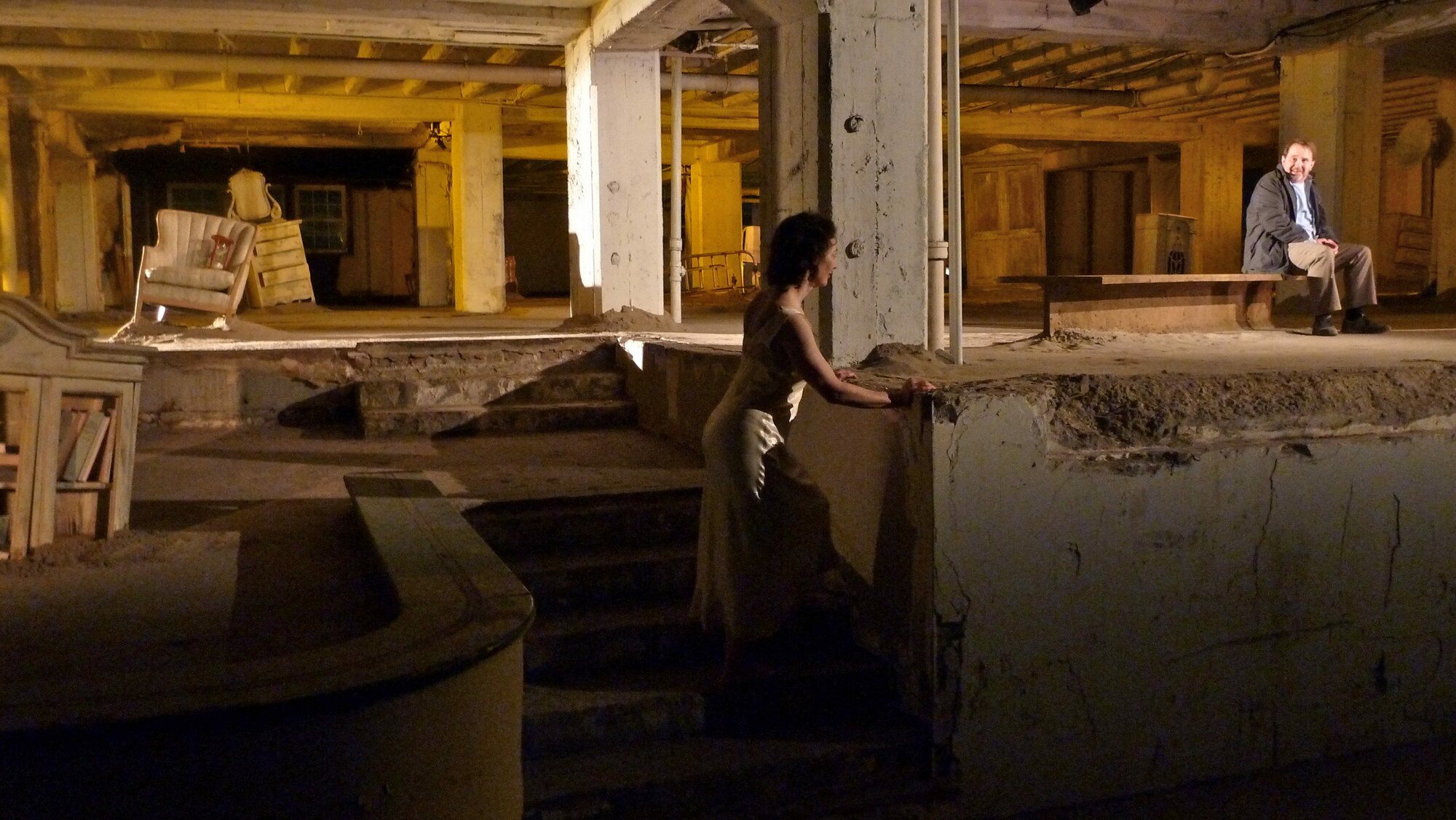
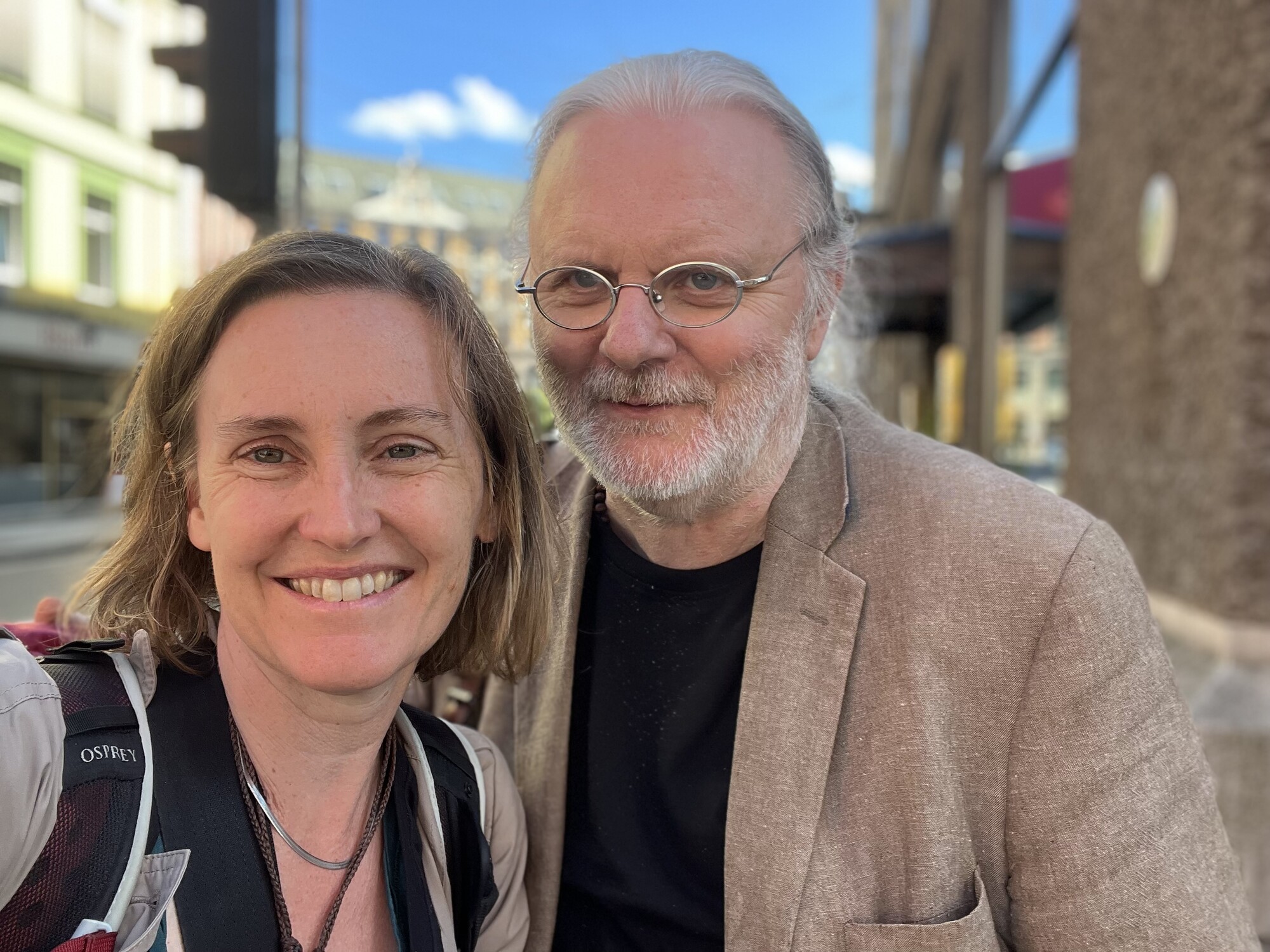
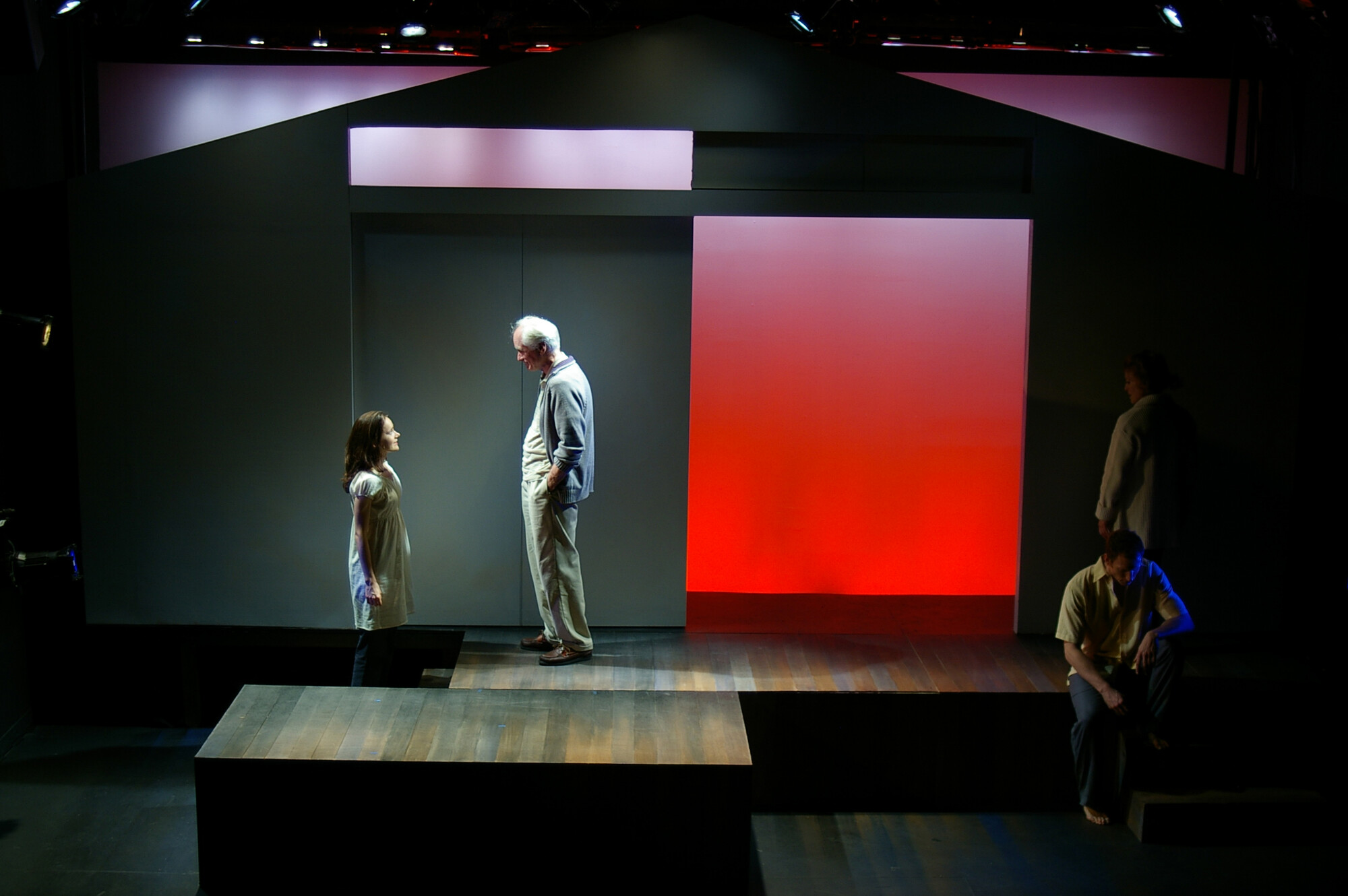
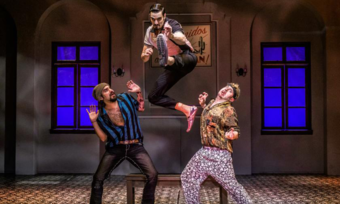


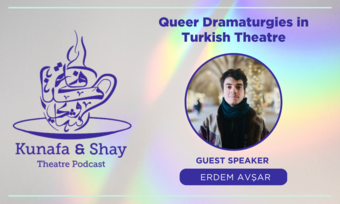



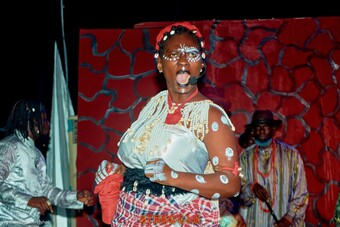


Comments
The article is just the start of the conversation—we want to know what you think about this subject, too! HowlRound is a space for knowledge-sharing, and we welcome spirited, thoughtful, and on-topic dialogue. Find our full comments policy here